All in the Family Meal
The secret ingredient of Colorado golf course success is well-fed caddies, cooks and groundskeepers
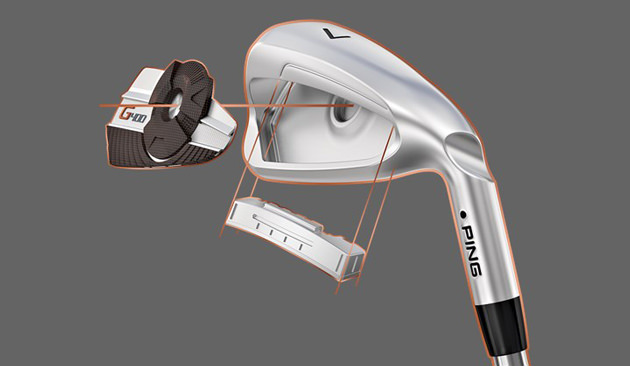
Featuring a mix of innovations, Ping’s newest iron will help you hit it higher and further
By Tony Dear
When Ping introduced COR-Eye technology with the GMax at the start of 2015, it made a significant advance in replicating a driver’s trampoline effect in an iron.
Well, not exactly replicating.
As Ping’s senior design engineer Marty Jertson explains, an iron should deflect the ball slightly differently. “A driver has the Coefficient of Restitution (COR),” he says, “while an ironhead should hinge at the bottom as the top edge relaxes.”
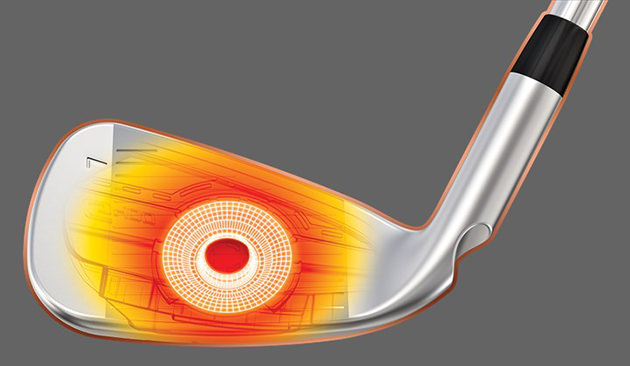
COR-Eye effectively causes flexing to happen at the club’s joints rather than the clubface. And together with a couple of new features, it helps the G400 launch the ball noticeably higher and travel further than its predecessor, the G iron.
Those additional features are a second cavity under the top rail that enlarges the sweetspot vertically, a Hydropearl Chrome finish that reduces friction through turf and an aluminum/elastomer cavity badge that Ping says creates a powerful sound and feel.
The elastomer is Santoprene, a thermoplastic vulcanizate that combines the characteristics of vulcanized rubber with the processing properties of thermoplastics (file under things Old Tom Morris, Robert Forgan, and Willie Auchterlonie might not have considered in their St. Andrews workshops), and which Jerston says is exceptional at absorbing the vibration of impact.
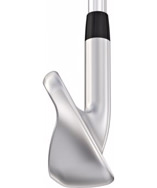

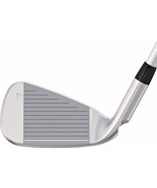
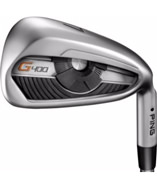
The head is also made from Hyper 17-4 Stainless Steel which, thanks to a proprietary heat-treating process, is 40% stronger than conventional 17-4. This allows for a thinner face and greater energy transfer.
The effect of this mix of innovations and technologies is higher trajectory and reduced spin resulting in greater distance. Indeed, after testing the G400, one Ping player said it turned his 7-iron into a 6-iron “but in an 8-iron window.”
Ping’s President, John K. Solheim, calls the G400 the company’s “game-enjoyment” iron, adding it “delivers phenomenal performance, and is so much fun to play.”
Ping’s own AWT 2.0 is the standard steel shaft. AWT stands for Ascending Weight Technology which means the shaft gets heavier as the loft gets higher. Lighter shafts in the longer irons make it easier to square the clubface as well as generate clubhead speed, while heavier shafts in the shorter irons enable you to better control the trajectory. The Nippon N.S. Pro Modus3 105, True Temper’s Dynamic Gold and their ultra-light XP-95, Rifle’s Project X, and the KBS Tour are also available at no extra cost.
Ping’s Alta CB is the standard graphite shaft. A counter-balanced design that allows for more mass in the clubhead, the Alta also features Ascending Weight Technology but with a steeper weight progression than in the steel shaft.
Steel – $125 per club
Graphite – $137.50 per club
ping.com
The secret ingredient of Colorado golf course success is well-fed caddies, cooks and groundskeepers
Colorado State grad Davis Bryant opens up on his path to the pros and what keeps him busy when he’s off the course
The staff at Dream Makers Landscape is ready to help you enhance the look and feel of your property with our exceptional landscaping projects